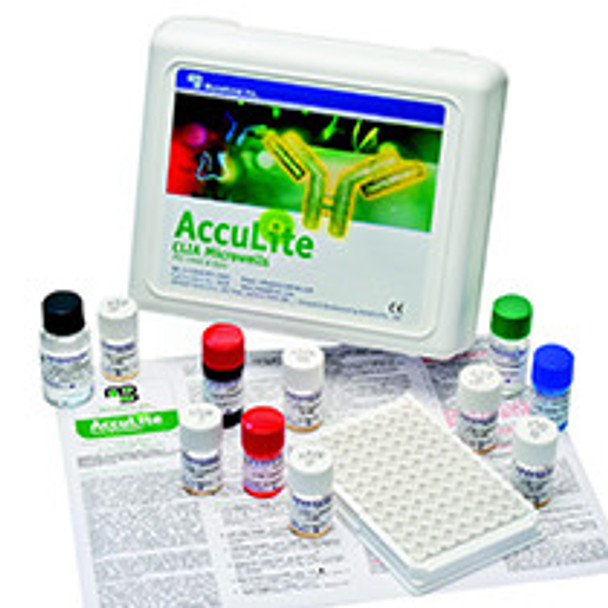Description
PRL
Prolactin (PRL) is a hormone produced by the anterior pituitary gland, a grape-sized organ found at the base of the brain. Prolactin levels are regulated by dopamine (a brain chemical), and the hormone is normally present in low amounts in men and non-pregnant women. Its primary role is to promote lactation (breast milk production).
Prolactin levels are usually high throughout pregnancy and just after childbirth. During pregnancy, prolactin, estrogen, and progesterone stimulate breast milk development. Following childbirth, prolactin helps initiate and maintain the breast milk supply. If a woman does not breastfeed, her prolactin soon drops back to low pre-pregnancy levels. If she does nurse, suckling by the infant plays an important role in the release of prolactin. There is a feedback mechanism between how often the baby nurses and the amount of prolactin secreted by the pituitary as well as the amount of milk produced. Prolactin levels will continue to be high while the mother continues to nurse, but will eventually fall back to pre-pregnancy levels.
Besides pregnancy, the most common cause of elevated prolactin levels is a prolactinoma, a prolactin-producing tumor of the pituitary gland. Prolactinomas are the most common type of pituitary tumor and are usually benign. They develop more frequently in women but are also found in men. Problems from them can arise both from the unintended effects of excess prolactin, such as milk production in the non-pregnant woman (and rarely, man) and from the size and location of the tumor.
If the anterior pituitary gland and/or the tumor enlarge significantly, it can put pressure on the optic nerve, causing headaches and visual disturbances, and it can interfere with the other hormones that the pituitary gland produces. In women, prolactinomas can cause infertility and irregularities in menstruation; in men, these tumors can cause a gradual loss in sexual function and desire. If left untreated, prolactinomas may eventually damage the tissues around them.
Additional Information
Method: |
Enzyme Immunoassay, Chemiluminescence |
Principle: |
Sandwich Assay, Streptavidin-Coated Plate |
Calibrators: |
0, 5, 10, 25, 50, 100 ng/ml (3rd IS 84/500) |
Sample: |
25 µl |
Sensitivity: |
0.11 ng/ml |
Reading: |
RLU’s |
Total Time: |
50 Minutes |
Shelf Life: |
18 Months |







